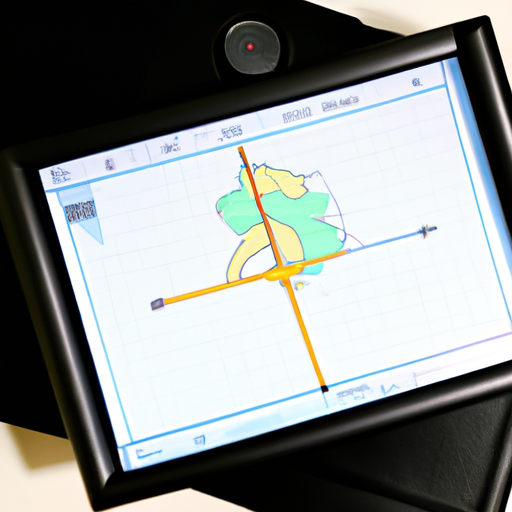In recent years, 3D mapping and 3D modeling have emerged as revolutionary technologies, reshaping various fields such as urban planning, architecture, and entertainment. With the integration of GIS technology and advanced algorithms, businesses and governments can now visualize and analyze complex data in a more intuitive way.
Understanding 3D Mapping and Modeling
3D mapping refers to the process of creating a three-dimensional representation of a physical environment. This technology captures data using various sources such as aerial imagery, LiDAR, and others to create detailed geographical models. In contrast, 3D modeling focuses on using computer software to create a digital representation of an object or space, which can be utilized in simulations, animations, and virtual environments.
Impact Across Industries
The applications of 3D mapping and modeling are virtually limitless. Here are a few key industries benefiting from these advancements:
- Construction and Real Estate: Building Information Modeling (BIM) has enhanced project planning and management, allowing for accurate visualizations and simulations of structures before they are built.
- Gaming and Entertainment: Video game developers leverage 3D modeling to create immersive worlds, while augmented reality and virtual reality technologies rely on accurate 3D mapping to deliver high-quality experiences.
- Urban Planning: Cities are adopting digital twin technologies, which are virtual replicas of physical assets, to simulate and analyze urban development scenarios.
Future Trends in 3D Mapping and Modeling
As technology evolves, the future of 3D mapping and modeling looks promising. With advancements in AI and machine learning, the accuracy and efficiency of these technologies will continue to improve. Furthermore, the rise of cloud-based solutions enables easier access to 3D models and data analytics, facilitating collaboration across projects.
Conclusion
3D mapping and modeling technologies are transforming the way we visualize and interact with our world. As we move towards more integrated and data-driven solutions, these innovations will undoubtedly unlock new opportunities across various sectors, making them essential tools for the future.




